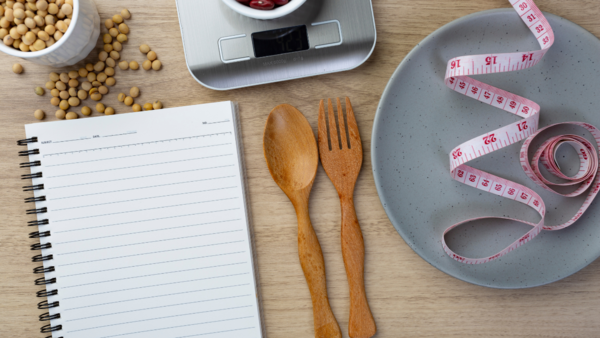“Weight loss” and “fat loss” are popular goals for those looking to maintain a
healthier lifestyle
and better eating habits. These terms are not interchangeable, despite their frequent misunderstanding. Learning about the clear differences between the two will help us plan a better routine for us. It will influence our approach to achieving our
fitness objectives
.
Here’s what makes
fat loss
distinct from
weight loss
, why it matters, and how choosing the right goal might enhance our health outcomes.
Weight loss vs fat loss: What’s the difference?
A decrease in total body weight, which includes bone mass, muscle, fat, and water, is referred to as weight loss. The number that we get to see on a scale represents the sum of all these factors when we step on it. The drawback is that getting healthier does not always correlate to decreasing weight. Rather than decreasing
body fat
, you can drop muscle or water.
On the other hand, fat loss targets the particular reduction of body fat. This strategy seeks to burn extra fat while maintaining
lean muscle mass
. Losing fat can make people appear thinner and more toned, even if their weight doesn’t change much because muscle is denser than fat. reduction of fat is generally considered to be a more trustworthy sign of better
body composition
and health than reduction of weight.
Why the number on the scale isn’t always a true measure of progress
Focusing solely on the scale can be misleading for a few key reasons:
- Weight fluctuations are normal: Variations in weight can be caused by various factors such as changes in hormones, intake of salt, and hydration. Rather than real weight gain or loss, water retention is typically the cause of these brief changes.
- Rapid weight reduction can result in
muscle loss : Your body may break down muscle tissue for energy if you try to lose weight quickly through crash diets or excessive exercising. This reduces muscle mass, which in turn lowers your metabolism, making it harder to keep the weight off long-term. - The scale doesn’t reflect body composition: If you are building muscle while shedding fat, the number on the scale might not budge. However, your clothes may fit better, and you may feel stronger and healthier, indicating positive changes that the scale doesn’t show.
Why fat loss should be the real goal
Best ways to lose belly fat while sitting
Prioritizing fat loss over mere weight reduction offers distinct benefits for your health and fitness:
- Fat loss helps you achieve a leaner, more toned appearance because you’re maintaining muscle mass while reducing body fat. There are more advantages to this shift in the composition of the body than just seeing a decrease in weight on the scale.
- Excess body fat is associated with an increased risk of heart disease, diabetes, and certain types of cancer, particularly around the belly. By focusing on fat loss, you instantly raise your chances of avoiding these illnesses.
- Fat loss usually requires long-term dietary and activity changes instead of relying on quick treatments. This approach improves overall well-being and makes maintaining your outcomes easier.
Why does this difference matter for long-term health and fitness?
Setting meaningful
health goals
requires an understanding of the difference between weight loss and fat loss. By preserving muscle, this method improves strength, energy levels, and metabolism, which increases the rate at which calories are burned and eventually improves weight loss balance.
I’m Manas Ranjan Sahoo: Founder of “Webtirety Software”. I’m a Full-time Software Professional and an aspiring entrepreneur, dedicated to growing this platform as large as possible. I love to Write Blogs on Software, Mobile applications, Web Technology, eCommerce, SEO, and about My experience with Life.





